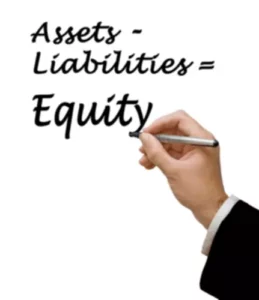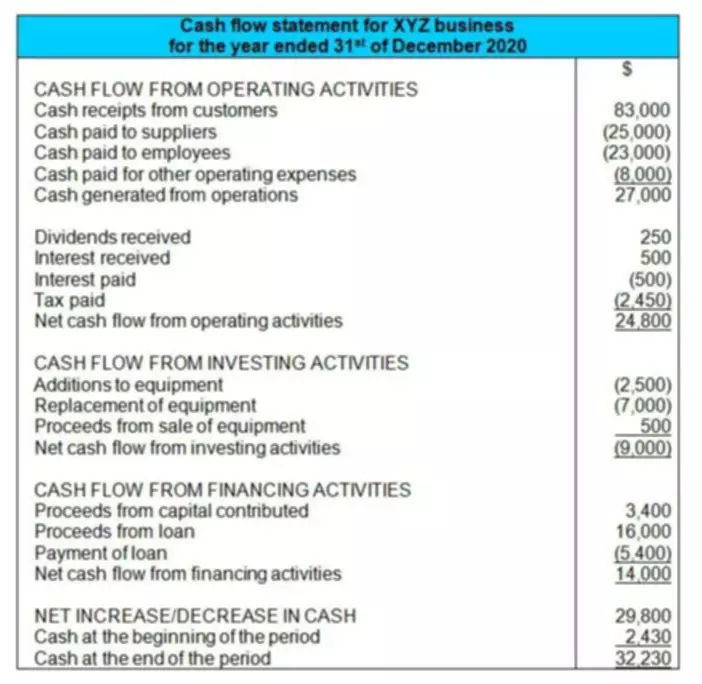Content

Typically, they’re tax deductible as long as a company operates to earn a profit, expenses are commonly known, and necessary. CapEx includes costs related to https://www.bookstime.com/articles/operating-expenses acquiring or upgrading capital assets such as property, plant, and equipment. These expenses, unlike operating expenses, can be capitalized for tax purposes.

However, they may vary beyond that point due to factors such as overtime pay for employees who work beyond standard hours during peak seasons. Sign up for free and start making decisions for your business with confidence. Add operating expenditure to one of your lists below, or create a new one. Businesses will generally try to make themselves valuable customers to their suppliers. For example, they will usually try to make fewer, larger orders to benefit from volume pricing. They may order well in advance and possibly make a down payment to secure their goods (or services).
Resources for Your Growing Business
The $30 million in SG&A and R&D are the total operating expenses of our company. With there being a limit on the cutting of operating costs before feeling a negative effect, the store may consider trying to increase revenue as an alternative. Businesses rely heavily on suppliers for various goods and services, from raw materials to office supplies, so it’s essential to negotiate the best possible terms. Companies should also implement cost-cutting measures without compromising quality.
Operating expenses may also be known as Selling, General, and Administrative (SG&A) expenses. They’re the costs a company generates that don’t relate to the production of a product. Once a business knows its OpEx, it can use more complex formulas that lend insight into overall profitability, such as operating profit margin. Income taxes – taxes that are applied to business profits are recorded as an expense.
Payment terminal
Companies report OpEx on their income statements and can deduct OpEx from their taxes for the year when the expenses were incurred. Capital expenditures include long-term investments such as purchasing a new building, production machinery, or patents. They are major purchases made by the company and used over a long period of time.
The difference between these two expenditures lies primarily in the accounting treatment of each. For business in the United States, generally accepted accounting principles (GAAP) often dictate how an expenditure is treated on a company’s financial statements. Therefore, a company must understand the long-term financial implications of how its reporting will be affected and how external parties may view the company’s health as a result. A company can better manage its operating expenses when its managers understand the difference between its fixed and variable costs. By deducting operating expenses from gross profit, the operating profit (EBIT) and operating margin can then be calculated, as shown below. On the other hand, operating expenses typically don’t directly impact price or quality.
Explore how Square can help you run your business.
OER can also be used to gauge the difference in operating costs between two properties. For instance, if a company owns two similar plants in Michigan with similar outputs, and one’s OER is 15% more than the other, management should investigate why. When a business wants to buy something, it can buy it out of Opex or capital expenditure (Capex).

Our expenses tracking feature helps you save time and reduces the risk of errors. Operating expenses are the costs that a company incurs for running its day-to-day operations. As such, they don’t apply to any costs related to the production of goods and services. These expenses must be ordinary and customary costs for the industry in which the company operates.